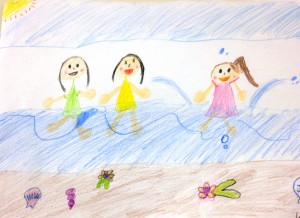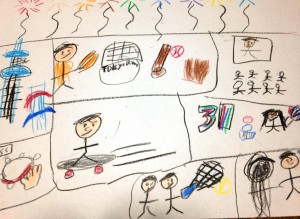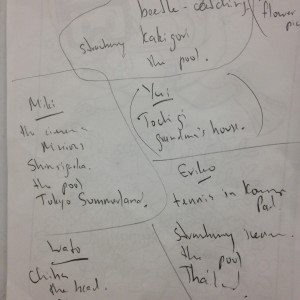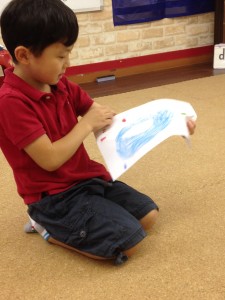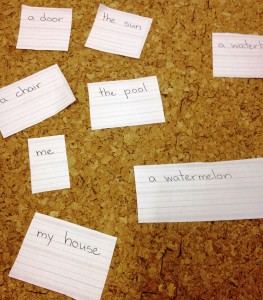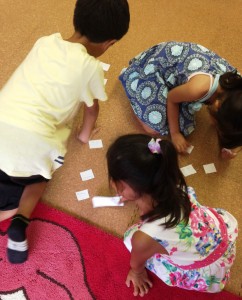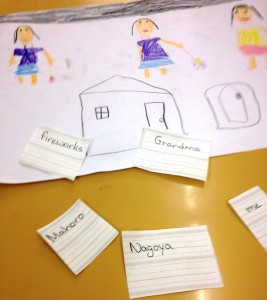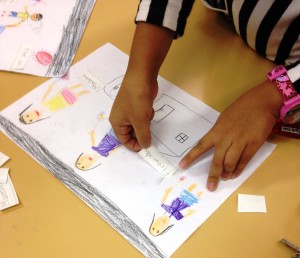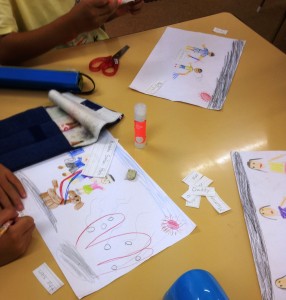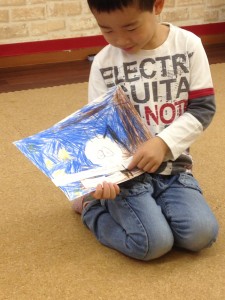

- 54. 10 Useful Pieces of Advice for Teaching with LEARNING WORLD #9 & 10
- 55. âHappy New Year!â âI donât say that.â
- 53.ăHalloween 2019
- 52.ăREADY Workbook Pg. 17
- 51.ăEnglish-Uplift 1-Day Seminars
- 50.ăREADY Workbook - vocabulary copying activity
- 49.ă10 Useful Pieces of Advice for Teaching with LEARNING WORLD #8
- 48.ă10 Useful Pieces of Advice for Teaching with LEARNING WORLD #7
- 47.ă10 Useful Pieces of Advice for Teaching with LEARNING WORLD #6
- 46.ă10 Useful Pieces of Advice for Teaching with LEARNING WORLD #5
- 45.ă10 Useful Pieces of Advice for Teaching with LEARNING WORLD #4
- 44.ă10 Useful Pieces of Advice for Teaching with LEARNING WORLD #3
- Kindergarten aged students
- Lower Elementary-school aged students
- Upper Elementary-school aged students
- Junior High and older students
- Others
4. What did you do in your summer vacation?
Every year at this time Iâm always frustrated by my inability to create anăinteresting âWhat-did-you-do-in-your-summer-vacationâ lesson. The difficulty with these types of post-vacation lessons is that the content depends entirely on the students, and no two vacation experiences are exactly the same.
Itâs not easy to have beginner students speak in English about their summer vacation in a meaningful way because they lack a lot of the vocabulary and expressions that they need in order to do so.
Perhaps âI went to ~â is a nice and simple expression to build a lesson around, because most students went somewhere – often to interesting, faraway places. But then what do you do with those students who are convinced that they absolutely didnât go anywhere? A lesson involving âI went to ~â lesson requires all the students to have gone somewhere in order for the lesson to work, so we as the teacher simply decide for some unlucky and understandably unenthusiastic students that they have to say âI went to the parkâ or âI went to the supermarketâ just so that the lesson can proceed as smoothly as possibleâŠ
And within such a lesson, even when students have announced âIÂ went to Guamâ, the more interesting information about what they saw, ate, and did there isnât forth-coming.
Again this year, Iâve been confronting these frustrations – and to my surprise, Iâve been getting a fair amount of positive results with this yearâs lesson idea. So it might be worth sharing with you here.
I realize of course that by the time you read this, your âsummer vacationâ lessons are probably finished, and youâre well back into your textbook. However, winter is not far off. The same idea can very well be applied to winter vacation.
This idea involves: drawing, speaking, simple one-word reading, simple one-word writing (i.e copying), gluing and individual presentation to the class; itâs suitable I believe for your elementary school students, and younger students with experience.
âSTEP ïŒ: On A4 paper, have students draw a picture/pictures of their summer vacation.
Allow a good amount of class time for this – perhaps 10~20 minutes. The more time you allow, the more ideas students can express.
âSTEP 2: Some students will finish before others. Take students who have completed their drawings aside on an individual basis – a couple of minutes each – and get information from them about what they drew. Make notes for your reference.Â
These notes were made during each brief conversation I had with each student. You can see the studentsâ names and their answers to such questions as âWhat did you draw?â âWhatâs this?â âWhere is this?â âWho is this?â âIs this ~?â Get as much information from each picture as possible.
Itâs important that your conversation with each student is done away from other students because:
– you donât want other students to get too many details on their classmatesâ vacation just yet.
– some students may express less information if they know other students are listening to their conversation with you.
âSTEP 3: Once all students have completed their pictures and have spoken to you in private about their drawing, have them present their drawing to the class.
The conversation they had with you in private should be enough practice for students to present the content of their summer vacation to the class. Encourage other students to ask questions – the same questions you did: âWhatâs this?â âWhoâs this?â etc.
âSTEP 4: Write all of your notes of your earlier conversations with students onto 4-line paper – with a free line for students to copy your handwriting.
Depending on the size of your class, you may need to complete this step during your preparation for the next lesson. Thatâs OK. This activity idea can be spread over two lessons.
âSTEP 5: Scatter the paper on the floor. Students need to find their papers, and bring each one to you for confirmation with the English âIs this my paper?â
The written English is English that the students produced for you during your conversation. Students with even the most basic phonics experience should be able to find their papers without the need for help.
âSTEP 6: Students copy the English on their papers, cut away your English with scissors, then glue their English onto their pictures.
âSTEP 7: Students present their summer vacation pictures to the class one more time, this time reading the English that they wrote and glued.
I found this activity positive because:
- it can cater for all the students, regardless of their experience.
- it can cater to a variety of vacations. Students donât necessarily need have âgoneâ somewhere.
- it involves a variety of skills.
- it involves student-to-class presentation.
By all means, give it a try after the winter break!












